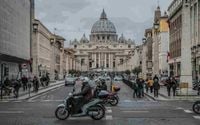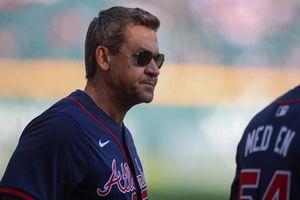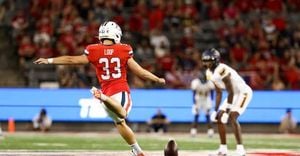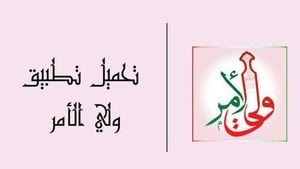As the world watches, the Conclave of 2025 unfolds in the Sistine Chapel, marking a significant moment in the history of the Catholic Church. Following the passing of Pope Francis on April 21, 2025, at 7:35 AM due to health complications, 133 cardinal electors have gathered in Rome to elect the Church's 267th pope. The anticipation is palpable, but so far, the results have not met expectations.
On the evening of May 7, the first voting session concluded with a 'fumata nera' (black smoke) at 21:00, indicating that no candidate had secured the necessary 77 votes required for election. This outcome was anticipated, and the cardinals returned to Casa Santa Marta to await further deliberations.
As the second day of the Conclave commenced on May 8, the cardinal electors gathered for a morning mass at 8:15 in the Pauline Chapel before reconvening in the Sistine Chapel for another round of voting. Four votes are scheduled for the day, with two in the morning and two in the afternoon, with the next smoke signal expected after 12:00 and again after 19:00.
After a lengthy wait, the first black smoke on May 7 confirmed the ongoing uncertainty surrounding the election. The morning of May 8 concluded without a new pope, but hopes remain high among the faithful, both in St. Peter's Square and around the globe, for a resolution by the end of the day.
Among the potential candidates, Cardinal Robert Francis Prevost has emerged as a notable figure, considered a compromise candidate who could make history as the first American pope. His candidacy has sparked discussions about the future direction of the Church, particularly as it navigates complex global issues.
Historically, the month of May has seen only two papal elections: in 1342, during the Avignon Papacy, when Pierre Roger was elected as Clement VI after two days of voting. This historical precedent adds a layer of intrigue to the current proceedings.
As speculation swirls regarding who might ultimately be elected, many observers have pointed to Pietro Parolin, Pope Francis' secretary, and Pierbattista Pizzaballa as frontrunners. However, the outcome remains uncertain, hinging on the secretive and solemn process that characterizes the Conclave.
Beyond the immediate election, questions arise regarding the financial implications of such a significant event. The Vatican has faced scrutiny over its expenses, particularly in light of Pope Francis' earlier economic reforms, which included salary cuts for cardinals. In 2021, cardinals received approximately 5,000 euros per month, a figure that has since been reduced further to align with the Pope's vision of economic humility and support for the needy.
Alberto Melloni, a noted historian of religion, has commented on the financial aspects of the Conclave, raising questions about the costs incurred by the electors. Reports suggest that the Vatican has allocated 8,200 euros per cardinal for their accommodation in Rome during the Conclave. Despite these expenditures, there are no sponsors involved; the Church relies solely on donations and revenue from its museums and other sources.
The museums of the Holy See remain a vital source of income, attracting countless visitors who contribute through entrance fees. These funds are often redirected to charitable activities, reinforcing the Church's commitment to serving those in need.
As the day progresses, the eyes of the world remain fixed on the Sistine Chapel. The next vote could potentially lead to the long-awaited 'fumata bianca' (white smoke), signaling the election of a new pope. Until then, the cardinals will continue their deliberations, shrouded in secrecy and prayer.
In summary, the Conclave of 2025 is a moment of both reflection and anticipation for the Catholic Church. With the legacy of Pope Francis still fresh in the minds of many, the choice of the next pope carries significant weight. The outcome will not only shape the future of the Church but also influence its role in addressing the myriad challenges facing the world today.




